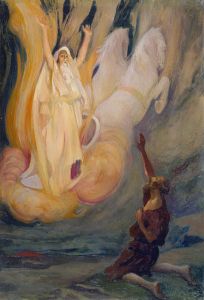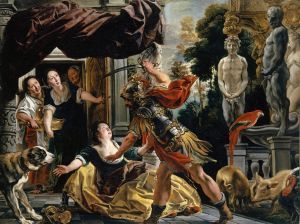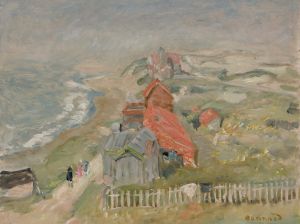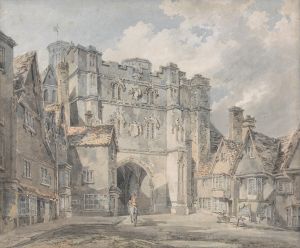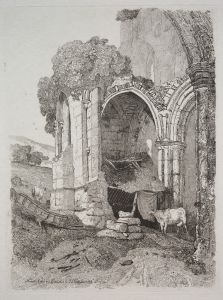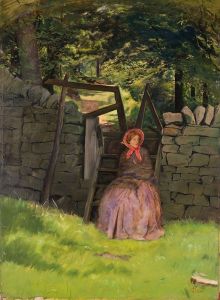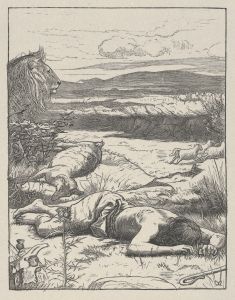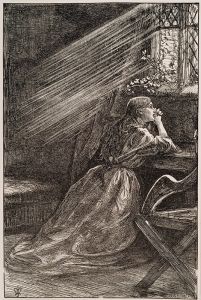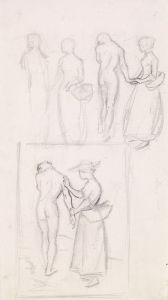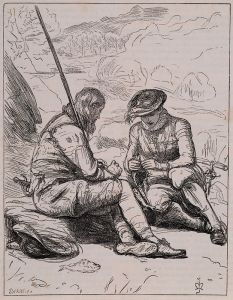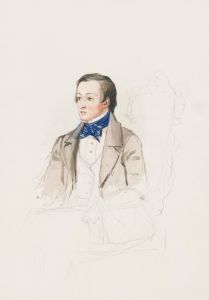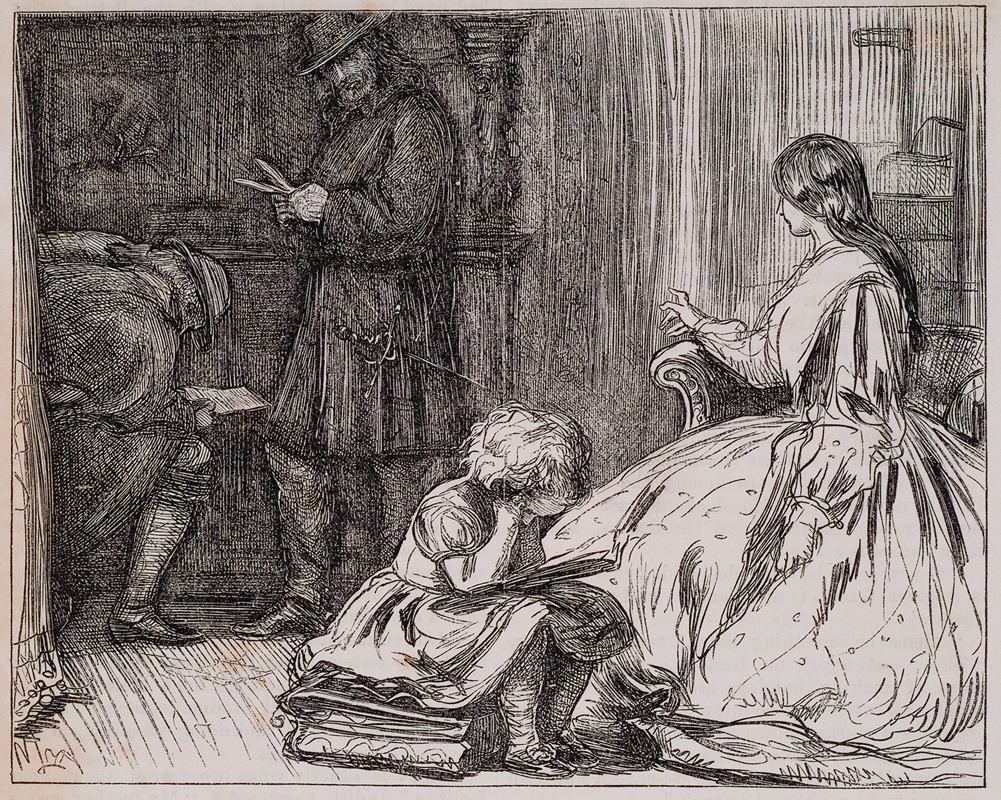
Son Christopher – The Constables breaks into the House
A hand-painted replica of Sir John Everett Millais’s masterpiece Son Christopher – The Constables breaks into the House, meticulously crafted by professional artists to capture the true essence of the original. Each piece is created with museum-quality canvas and rare mineral pigments, carefully painted by experienced artists with delicate brushstrokes and rich, layered colors to perfectly recreate the texture of the original artwork. Unlike machine-printed reproductions, this hand-painted version brings the painting to life, infused with the artist’s emotions and skill in every stroke. Whether for personal collection or home decoration, it instantly elevates the artistic atmosphere of any space.
"Son Christopher – The Constables breaks into the House" is a painting by Sir John Everett Millais, a prominent English painter and one of the founding members of the Pre-Raphaelite Brotherhood. Millais was born in Southampton, England, in 1829 and showed an early talent for art, eventually enrolling at the Royal Academy of Arts at a young age. He became known for his highly detailed and vividly colored works, often inspired by literature, history, and contemporary life.
The painting "Son Christopher – The Constables breaks into the House" is one of Millais's lesser-known works. It depicts a dramatic and intense scene where constables are breaking into a house, presumably to apprehend someone or to investigate a crime. The title suggests a narrative involving a character named Christopher, though specific details about the story or the context of the scene are not widely documented.
Millais's technique in this painting, as in many of his works, demonstrates his meticulous attention to detail and his ability to convey emotion and tension through composition and color. The use of light and shadow in the painting enhances the sense of urgency and drama, drawing the viewer into the unfolding action.
The Pre-Raphaelite Brotherhood, which Millais co-founded in 1848 along with Dante Gabriel Rossetti and William Holman Hunt, aimed to return to the detail, intense colors, and complex compositions of Quattrocento Italian art. They rejected the academic standards of their time, seeking to create works that were more true to nature and imbued with moral and spiritual significance.
Millais's career evolved over time, and he eventually moved away from the strict Pre-Raphaelite style. He gained widespread acclaim and financial success, becoming one of the most celebrated artists of his era. In 1896, he was appointed President of the Royal Academy, a testament to his influence and standing in the art world.
While "Son Christopher – The Constables breaks into the House" may not be as famous as some of Millais's other works, such as "Ophelia" or "The Blind Girl," it nonetheless showcases his skill in storytelling through art. The painting reflects the themes of conflict and authority, which were prevalent in Victorian society and often explored in literature and art of the period.
Millais's legacy endures through his contributions to the Pre-Raphaelite movement and his impact on subsequent generations of artists. His works continue to be studied and admired for their technical brilliance and emotional depth.
In summary, "Son Christopher – The Constables breaks into the House" is a testament to Sir John Everett Millais's artistic prowess and his ability to capture dramatic moments with precision and emotional intensity. While specific details about the painting's narrative may be scarce, its place within Millais's oeuvre highlights his enduring significance in the history of art.





